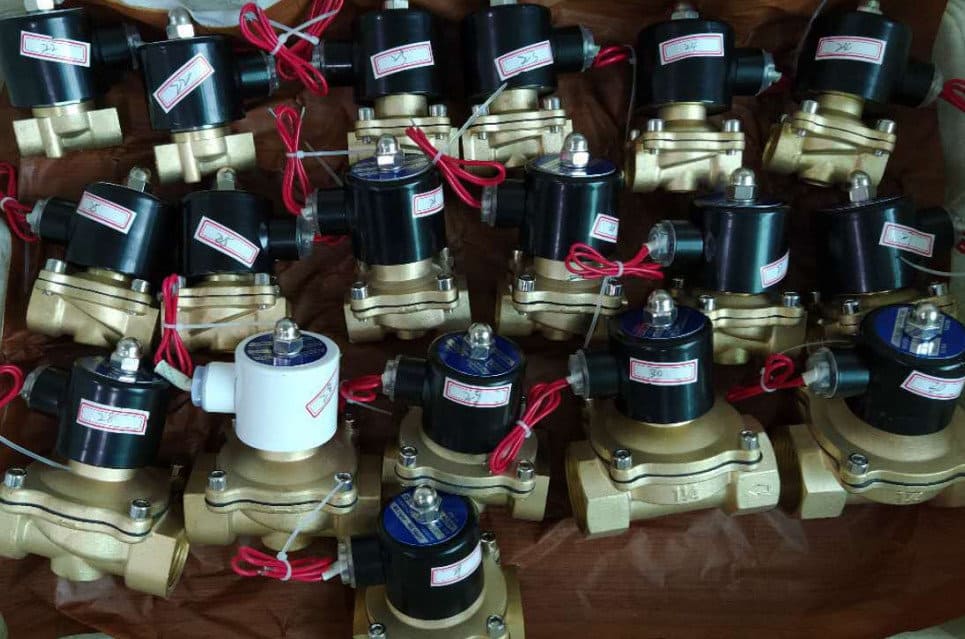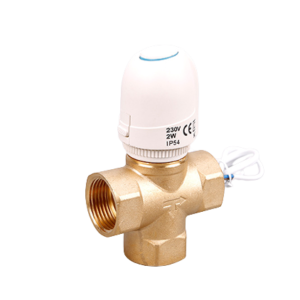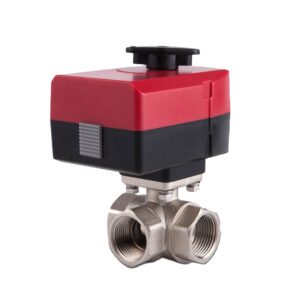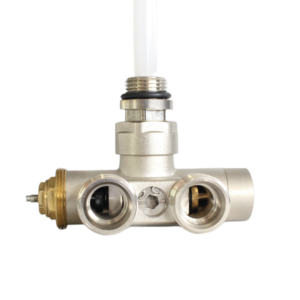Description
24V Electric Solenoid Valve
JX-0329
The temperature of the Media: Medium Temperature
Power: Solenoid
Media: Water
Port Size:1/2″-2″
Working pressure:≤2.5Mpa
Valve material: BRASS
Thread end: ISO228
IP class: Ip56
Item;(2-WAY OR 3-WAY)
Voltage;AC220V,AC110V,AC24V,DC24V
Current,0.04A,0.08A,0.3A,0.05A
Watts,8W,8W,7W,1.5W
Torque,5Nm,5Nm,5Nm,5Nm
Introduction: Describes the function and purpose of a solenoid valve.
Electric solenoid valves are a common type of valve used in industrial and commercial applications. They control the flow or pressure of a liquid, gas, or other fluid. These valves can be opened and closed using an electric current, making them ideal for use in systems requiring precise control.
Types: Explains the different types of electric solenoid valves available on the market.
A solenoid valve is an electromechanical device that uses an electric current to open and close a valve. This device controls the flow of liquids or gases in various applications, from industrial processes to home appliances. Many different types of solenoid valves are available on the market, each with its features and benefits. This article will discuss the most common solenoid valves and their uses.
It opens and closes a passageway, controlling the flow of fluid. Most solenoid valves are two-way, meaning they have one inlet and one outlet. When the electric current is turned on, the solenoid valve will open, allowing fluid to flow through. When the wind is turned off, the solenoid valve will close, preventing fluid from flowing.
How do you work efficiently with electric solenoid valves?
It’s 2024, and you’re still considering manual cranking ball valves? It’s no more an option. Now, you can install motorized ball valves that use an automated electric motor to open and close the valves.
These motorized ball valves are reliable and energy efficient. They revolutionize the flow by seamlessly blending the power of precision, unparalleled control, and ease with its electric actuation feature. Moreover, they can also work with gravity-fed arrangements.
How Solenoid Valves Work – Basics actuator control valve working principle from The Engineering Mindset
What are the applications of electric solenoid valves?
The possible applications for motorized ball valves are diverse. But in most cases, they are used for industrial and commercial applications. Let’s take a few examples to understand how it can help:
Industrial Applications:
You can easily regulate the materials and operating supplies with them. For example, in a beverage bottling plant, motorized ball valves help to precisely dose the filling quantity for individual bottles. In addition, they are often used in the F&B industry to fill liquid ingredients into machines.
Commercial Applications:
Motorized Ball Valves are used with sensors, control units, and electric actuators. It can help with precise temperature controls in heating and thermal solar systems for commercial purposes.
Home Automation:
Last but not least, if you are a fan of automated residential controls, then they can be helpful for you. You can easily control and schedule your garden, pool, and management water supply.
What features make Electric Solenoid Valves different?
- Durability:
They’re made of stainless steel and PVC that efficiently manage the pressure of diverse fluids.
- Quick Operations:
Quickly manages to flow with the opening and closing valves in seconds.
- Energy Efficient:
Their low power consumption reduces operational costs.
- Customizable options:
You can select from diverse options according to your need of size, voltage, and actuator type. Automatic controls are becoming increasingly popular in industry and building technology. They offer users a high level of comfort. You only have to program the devices once, and then you won’t have to worry about anything else. The control unit takes over all tasks fully automatically.
Contact us if you’re looking for motorized ball valves that fit your project requirements. We offer OEM and customized services with skilled engineering and production capabilities. This enables us to customize valves to your requirements, guaranteeing a smooth system integration

Features: Discuss the important features to consider when purchasing a solenoid valve.
When selecting a solenoid valve, it is important to consider the most important features. Some of the most important features include the type of media the valve can handle, the pressure range, and the size of the valve.
Another important consideration is the type of connector used on the valve. There are several types of connectors, so selecting one that will work with your equipment is essential. The most common connectors are threaded connectors and quick-connectors.
Threaded connectors use a screw-type fitting to connect the valve to the piping, while quick-connectors use a push-and-click fitting. Quick-connectors are popular because they are easy to use and provide a secure connection.
Applications: Describes how electric solenoid valves can be used in various applications.
A solenoid valve is a device that uses an electric current to control the flow of fluid through it. This makes it a valuable tool for many different applications. Some typical applications where a solenoid valve can be used include water, HVAC, and automotive systems.
Conclusion: Summarizes the benefits of using a 24V electric solenoid valve.
Solenoid valves use an electric current to open and close a valve. This makes them an excellent choice for applications requiring automated fluid flow control. 24V electric solenoid valves are a type of solenoid valve that a 24V DC power supply can power. They offer several benefits over other types of solenoid valves, including:
1. Increased reliability – 24V electric solenoid valves are more reliable than others due to their design and construction.
2. Longer life – The 24V electric solenoid valve’s design allows for longer life than other solenoid valves.
3. Lower power consumption – 24V electric solenoid valves consume less power than other solenoid valves, making them more energy-efficient.







